| GRAN CANARIA | |
| Faunistisch-floristische Notizen aus dem Jahr 2006 | |
|
Barranco de la Data |
|
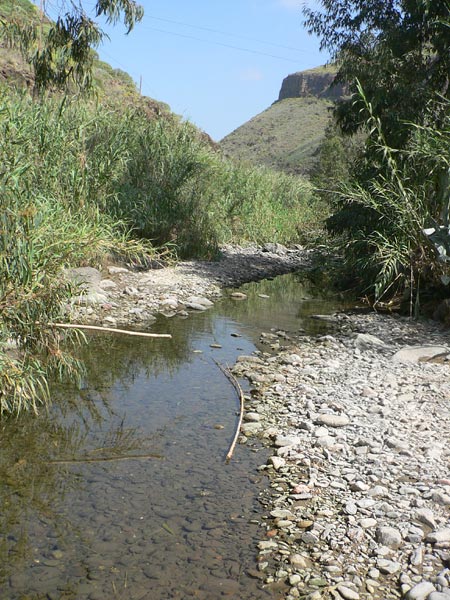 |
Foto: typischer Lebensraum im Barranco de la Data
Das entlang des Gewässers
dominant auftretende Riesenschilf (Arundo donax, caña común) ist
allerdings ein s.g. Neophyt und auf den Kanaren ursprünglich nicht
heimisch. |
|
Da an den Gewässerufern nichts zu finden war, untersuchte ich wieder die Trockenstandorte: |
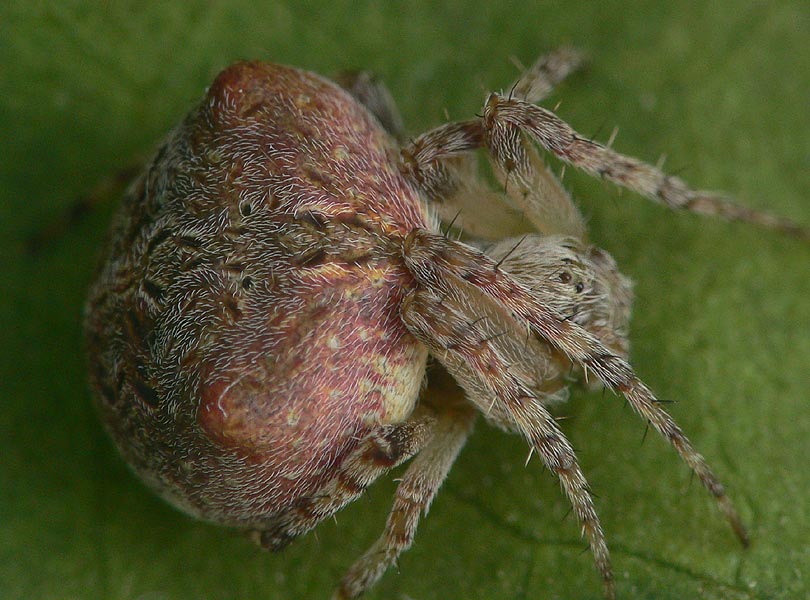 |
| Foto: Radnetzspinne Neoscona crucifera, rote Farbvarietät |
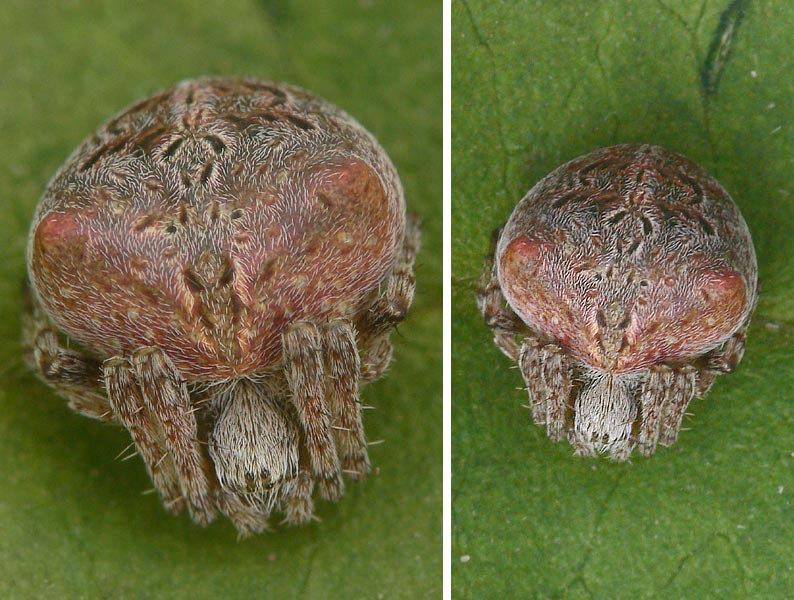 |
| Foto: Radnetzspinne Neoscona crucifera, rote Farbvarietät |
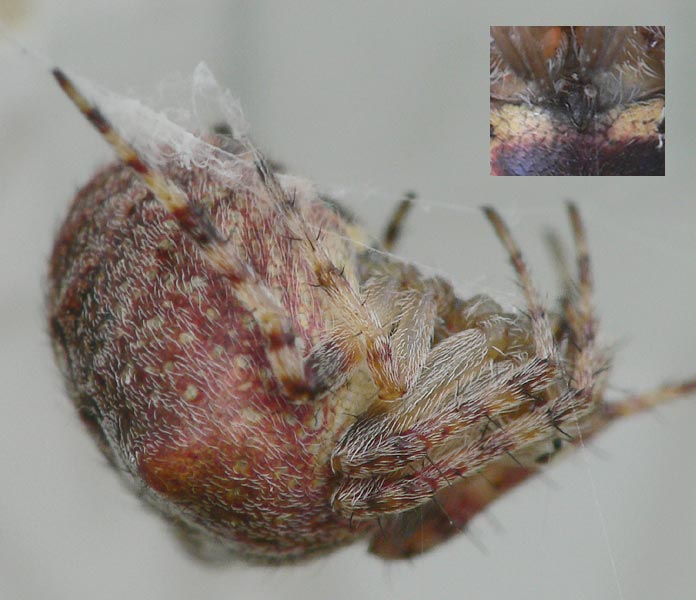 |
|
Foto: Radnetzspinne Neoscona crucifera, rote Farbvarietät
|
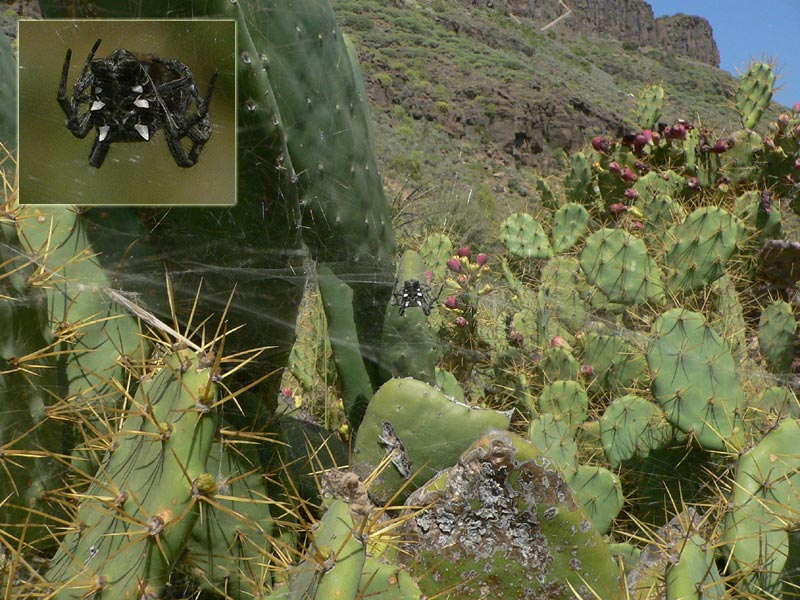 |
| Foto: Opuntien-Kreuzspinne Cyrtophora citricola |
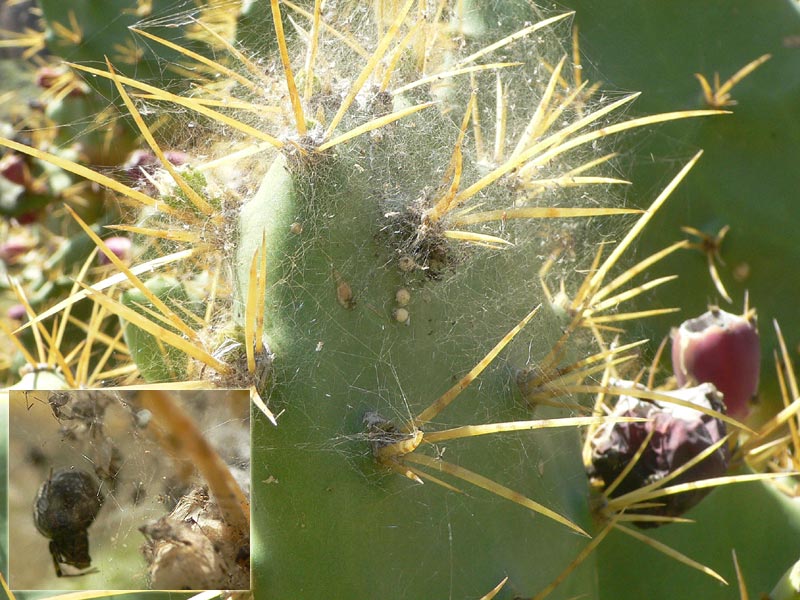 |
| Foto 8a: Kugelspinne (Theridiidae), Art unidentifiziert, Netz an Opuntia dillenii mit 3 Eikokons |
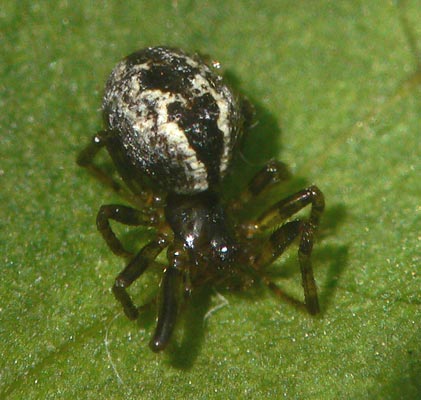 |
|
Foto 8b: Kugelspinne (Theridiidae), Art unidentifiziert
|
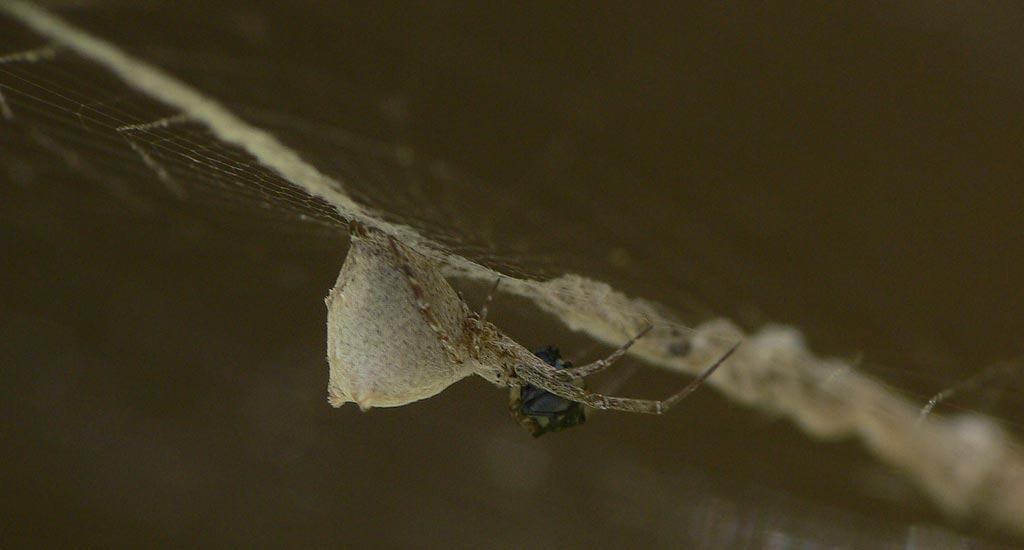 |
|
Foto 7: Uloborus sp.
|
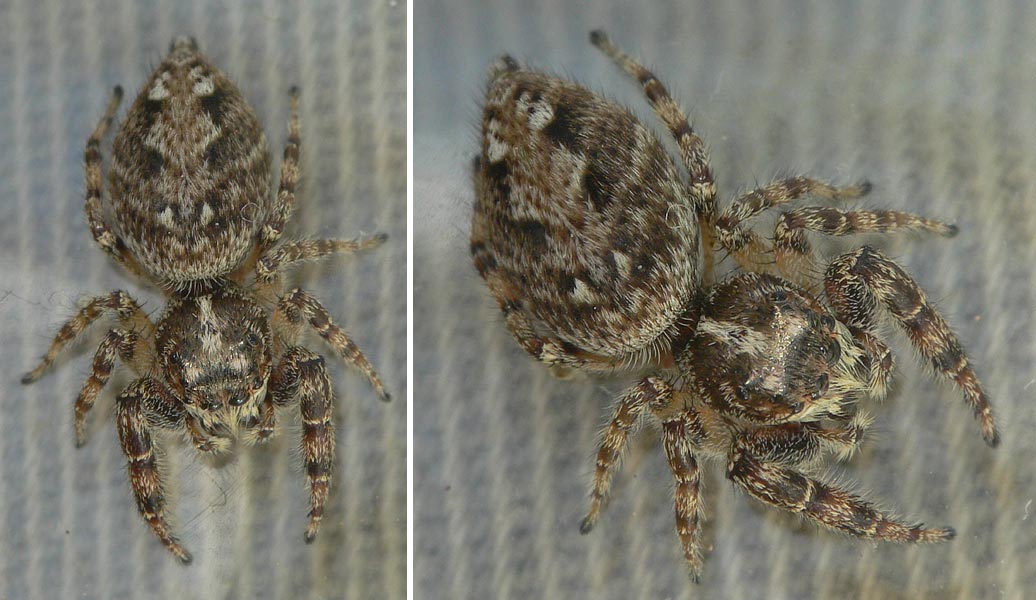 |
| Foto 10a: unidentifizierte Springspinne (Salticidae, cf. Macaroeris) |
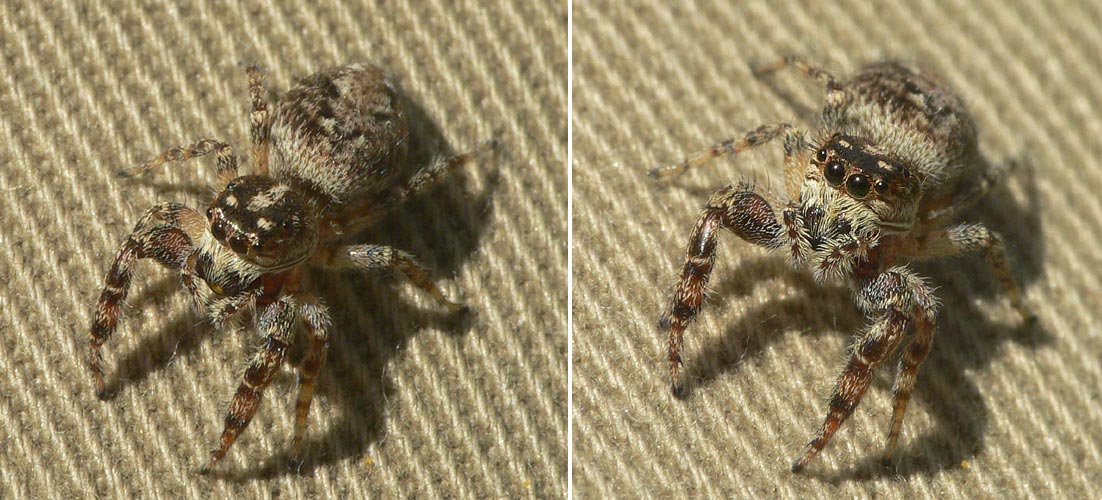 |
| Foto 10b: unidentifizierte Springspinne (Salticidae, cf. Macaroeris) |
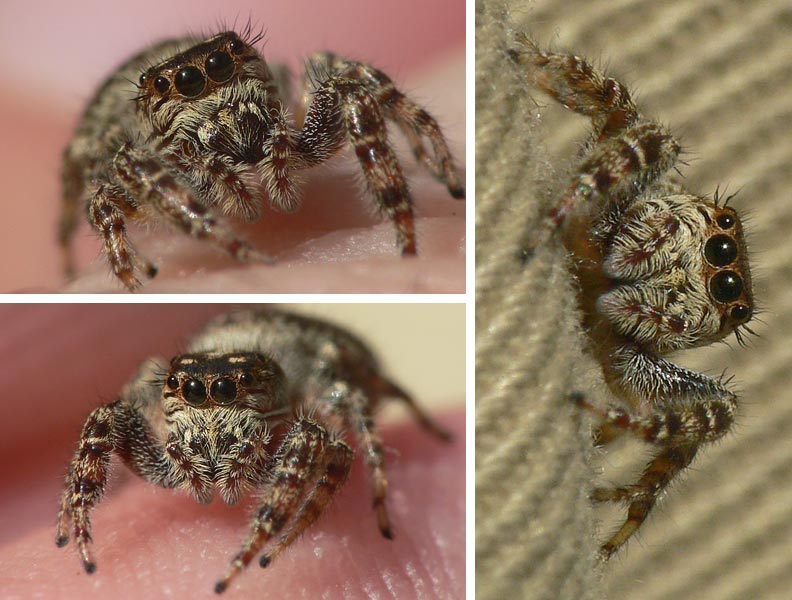 |
| Foto 10c: unidentifizierte Springspinne (Salticidae, cf. Macaroeris) |
|
|
|
Die Wirbellosenfauna an der Bodenoberfläche:
|
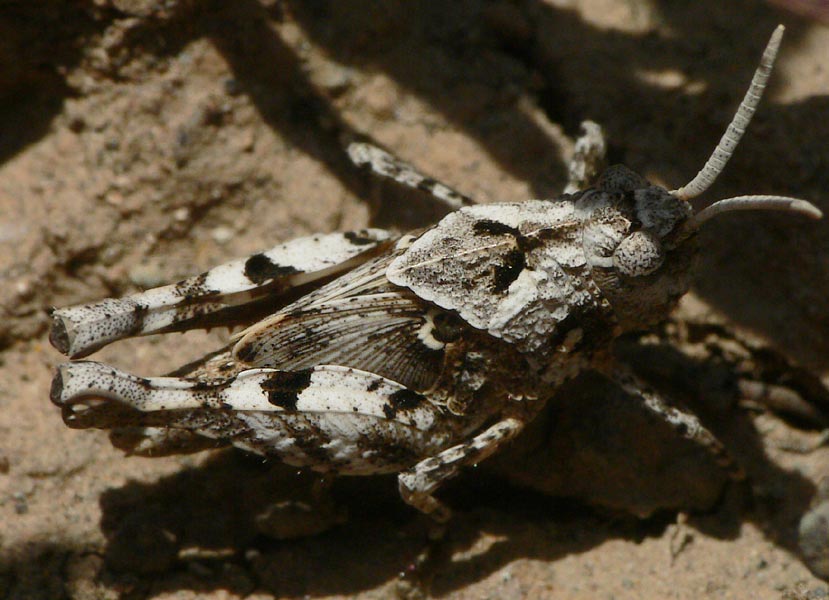 |
|
Foto: Heuschreckenlarve, Oedipoda canariensis
|
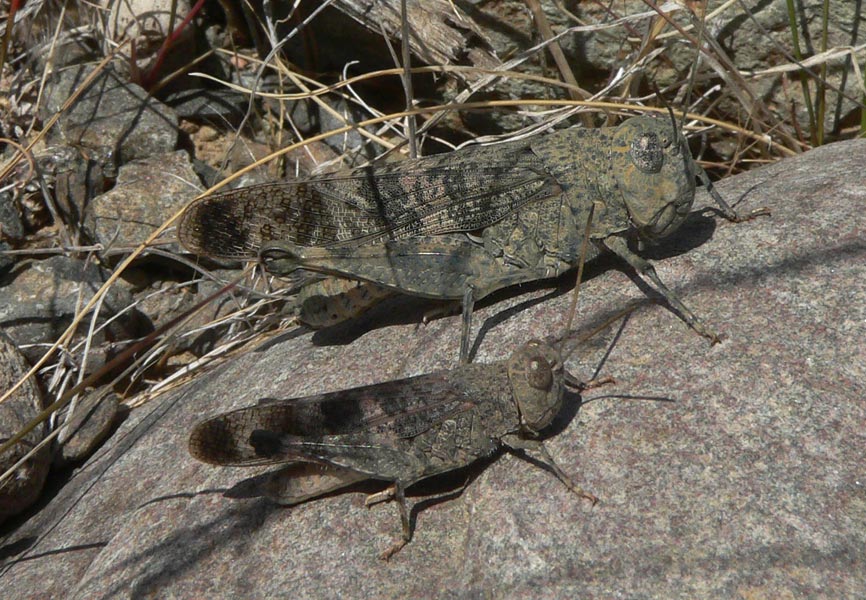 |
| Foto: Scintharista notabilis, Weibchen u. Männchen |
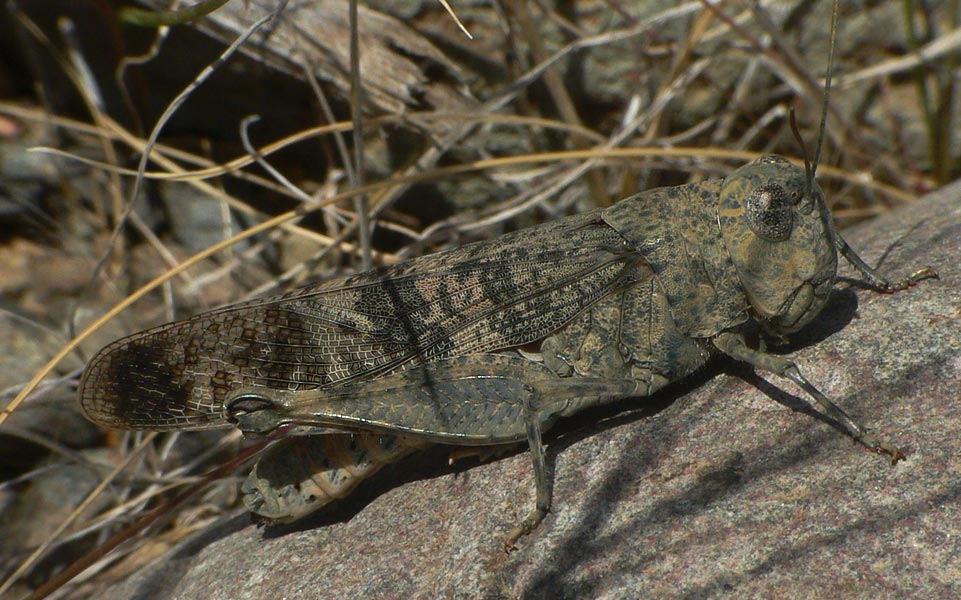 |
| Foto: Scintharista notabilis, Weibchen |
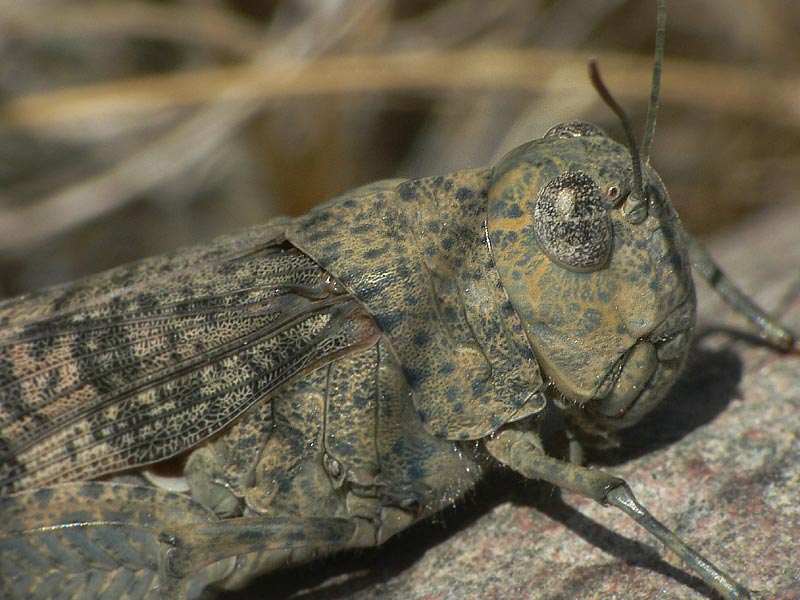 |
| Foto: Scintharista notabilis, Weibchen |
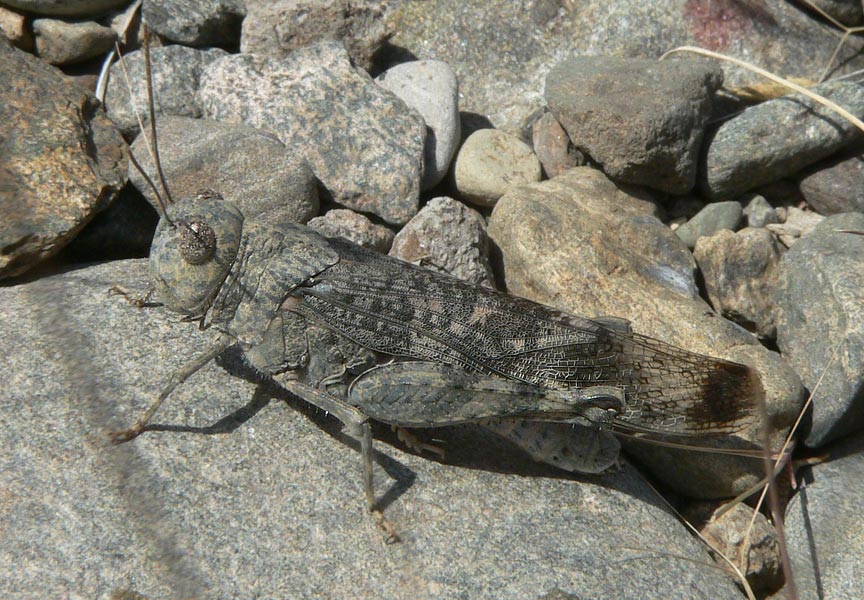 |
|
Foto: Scintharista notabilis, Weibchen
|
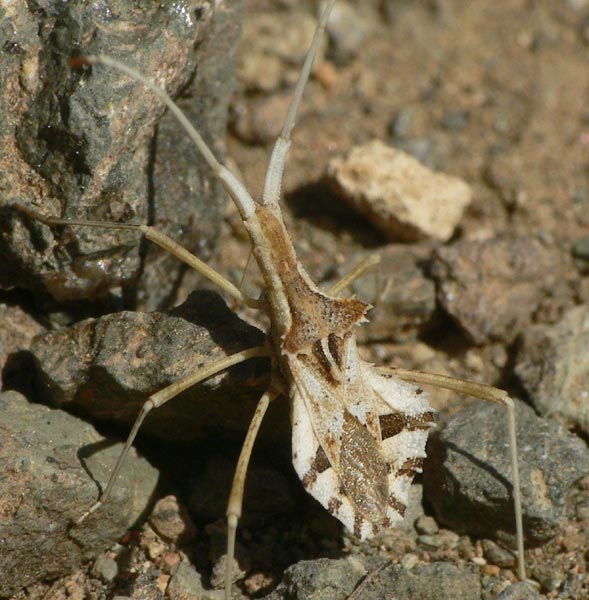 |
| Foto 5a: Randwanze, unidentifiziert |
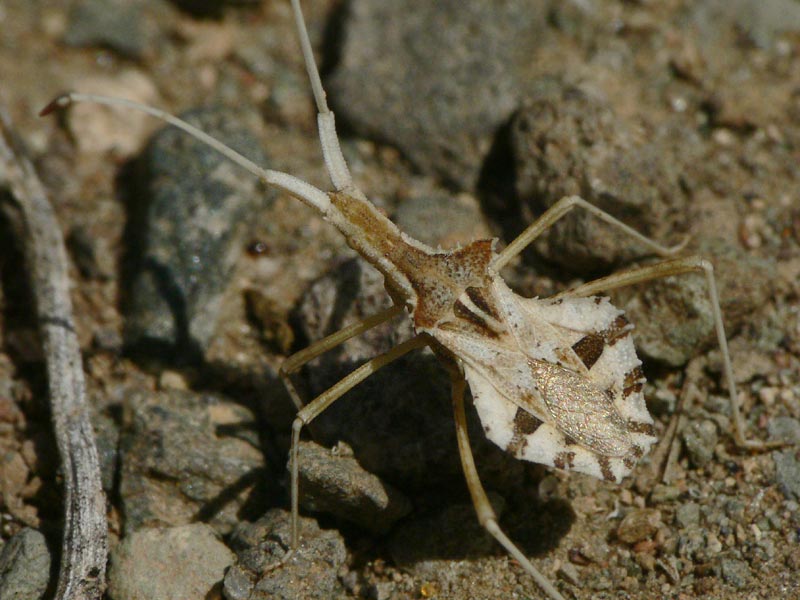 |
|
Foto 5b: Randwanze, unidentifiziert
|
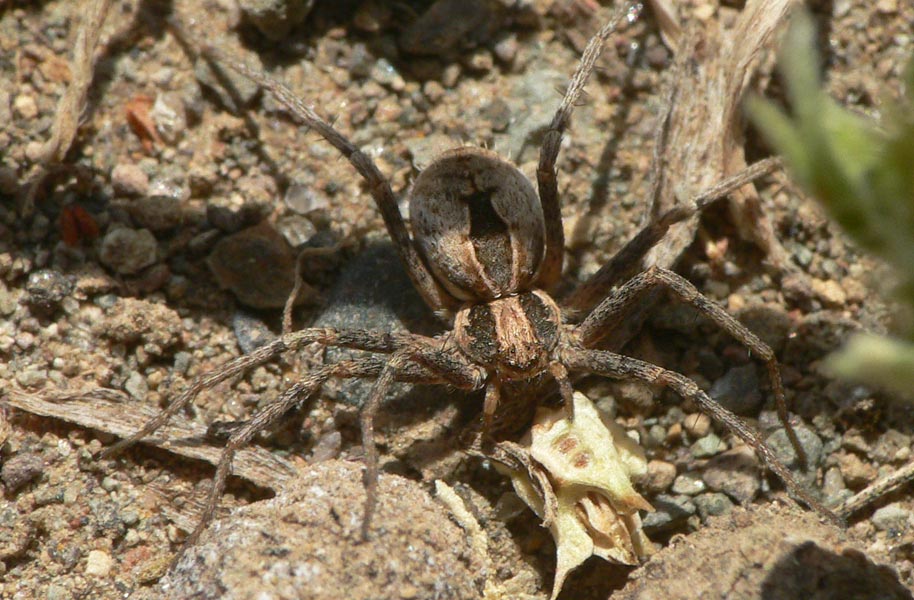 |
|
Foto 4: Thanatus sp.
|
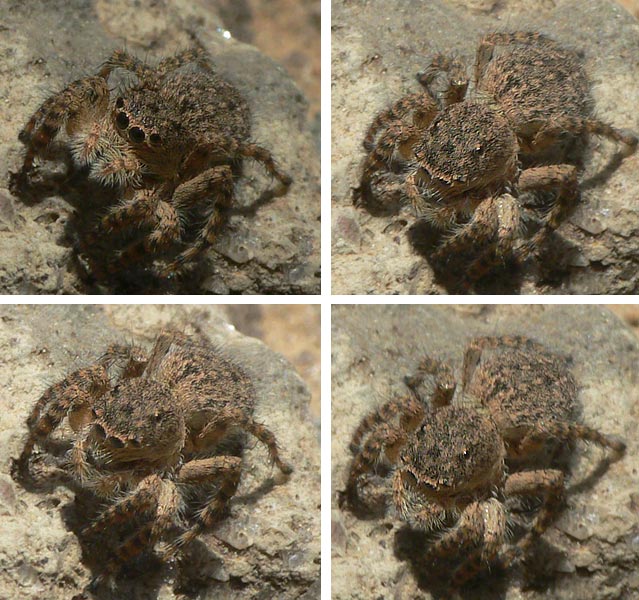 |
|
Foto: Aelurillus lucasi, Weibchen
|
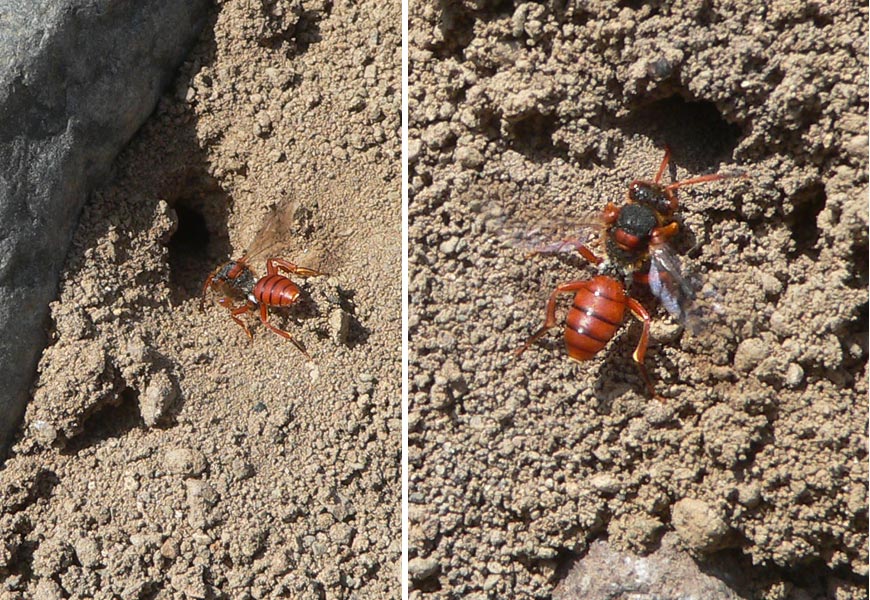 |
| Foto 1: Kuckucksbiene |
|
|
|
Die Wirbellosenfauna unter Steinen:
|
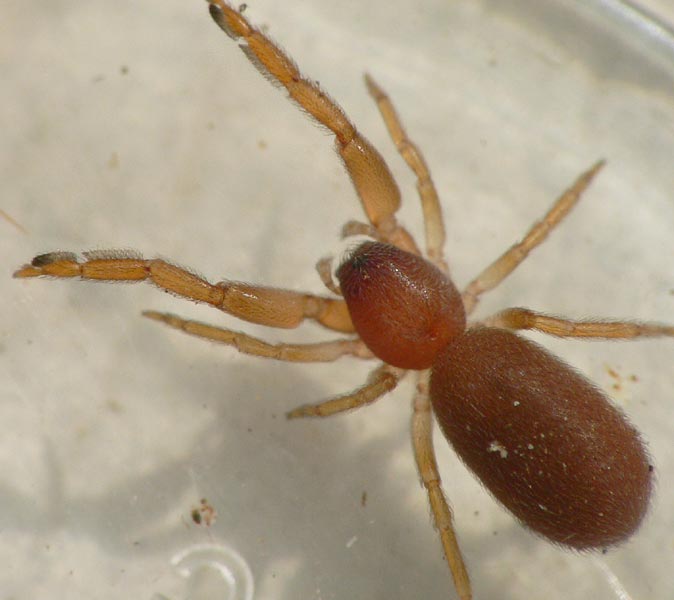 |
| Foto: Palpimanus sp. |
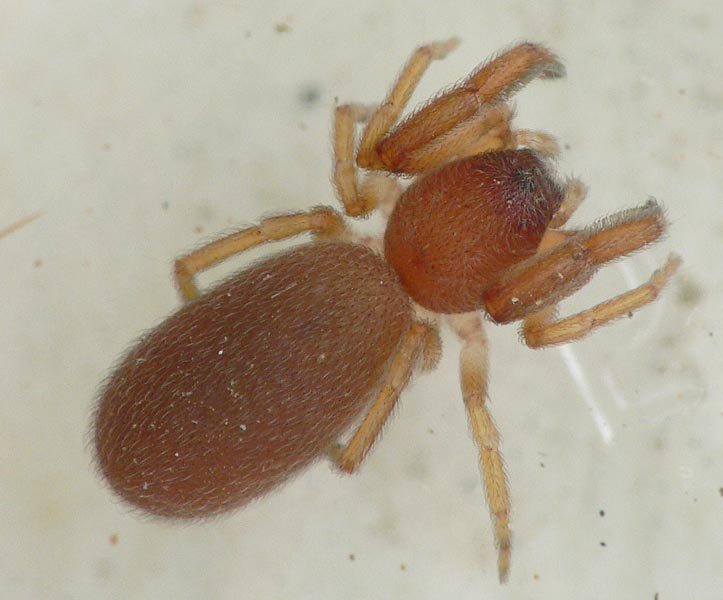 |
| Foto: Palpimanus sp. |
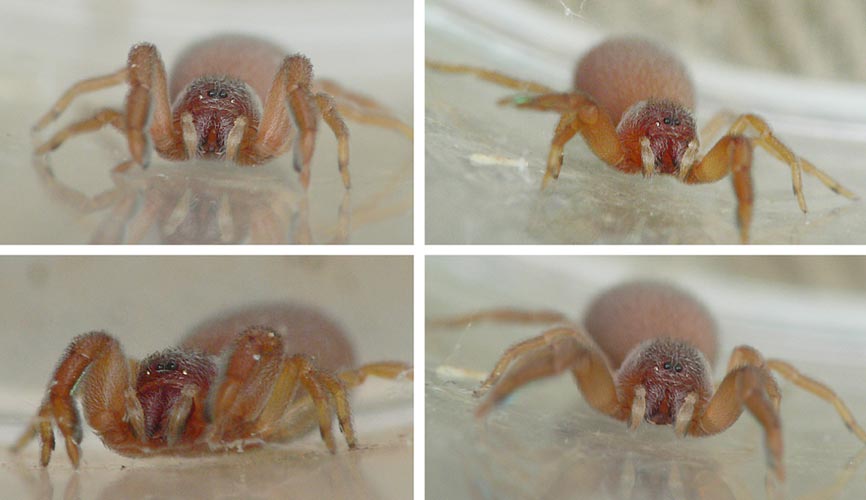 |
|
Foto: Palpimanus sp.
|
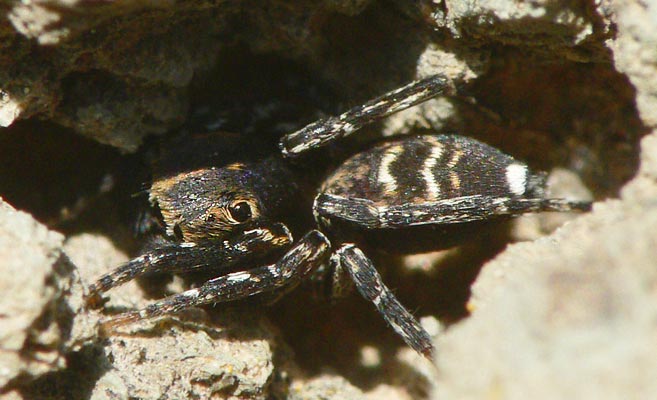 |
| Foto: Cyrba algerina |
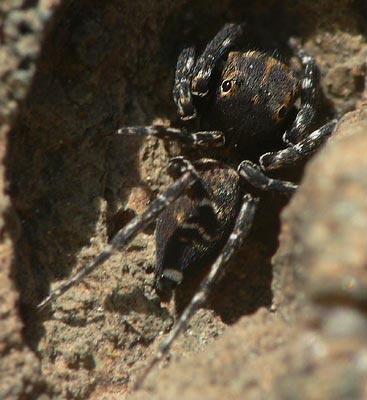 |
| Foto: Cyrba algerina |
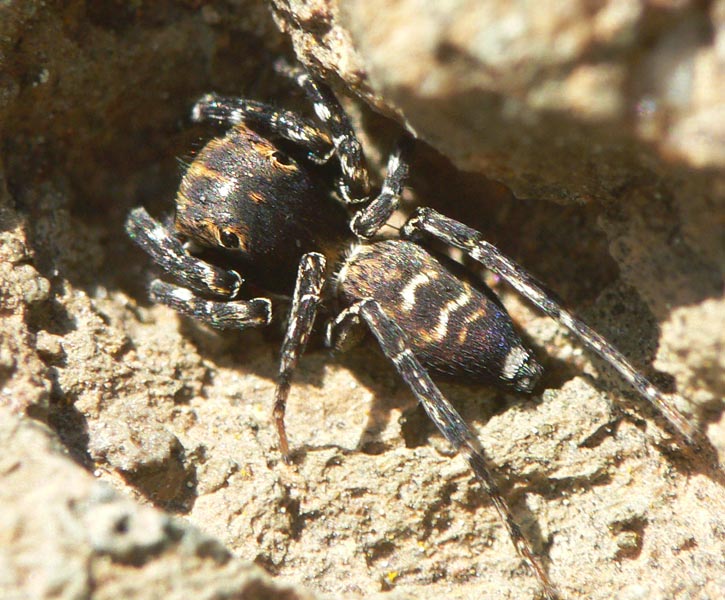 |
|
Foto: Cyrba algerina
|
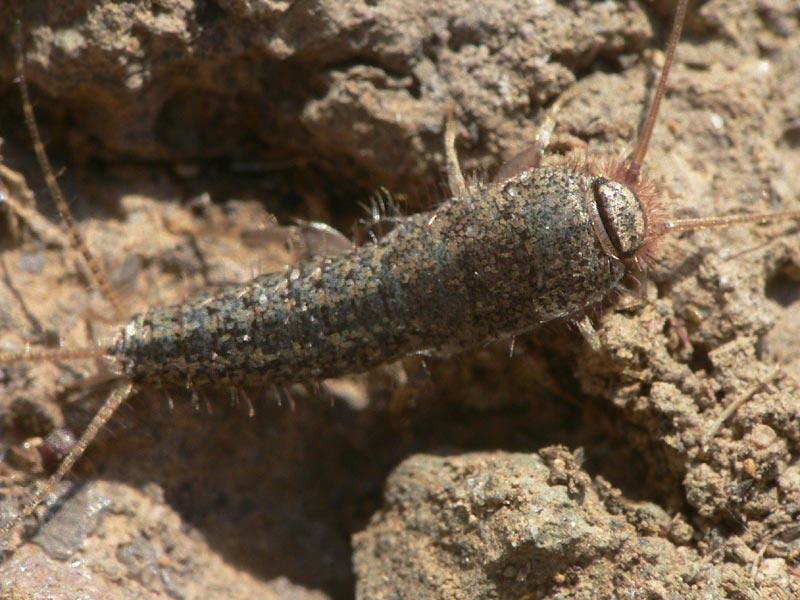 |
| Foto: Zygentoma sp. (Silberfischchen) |